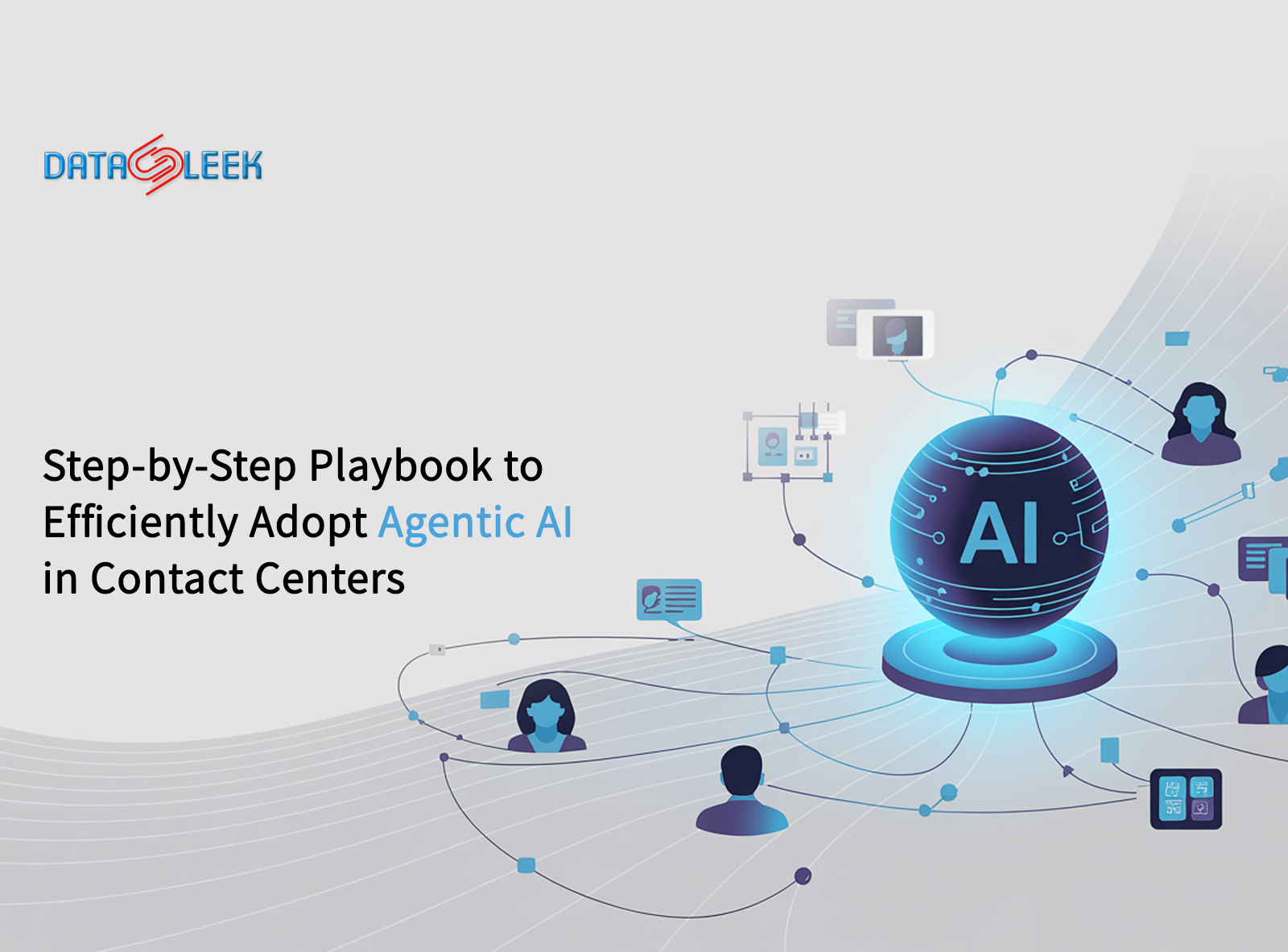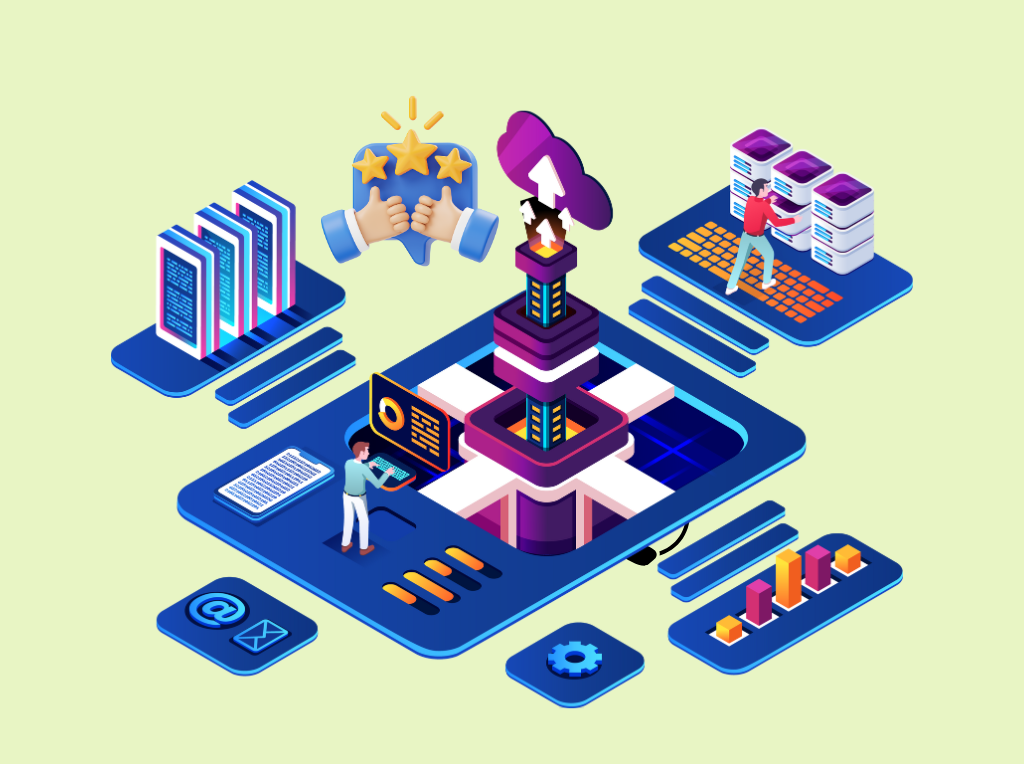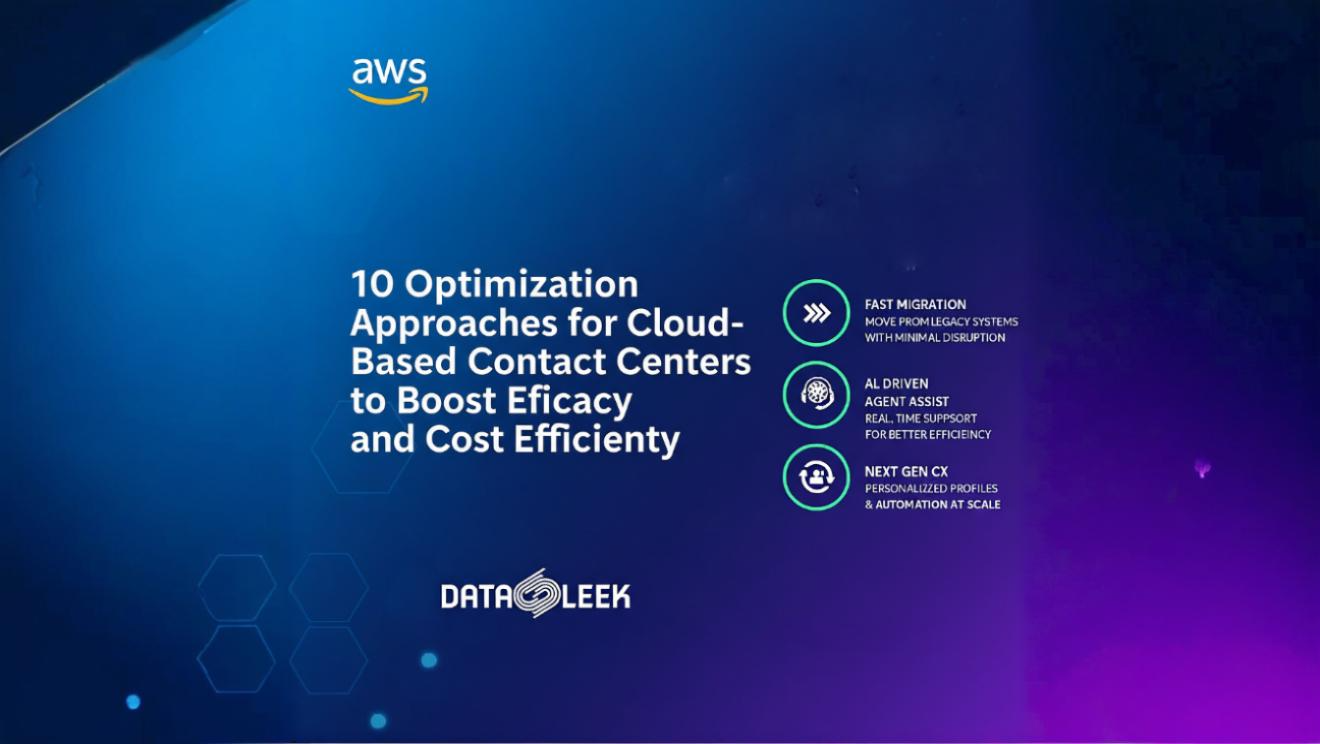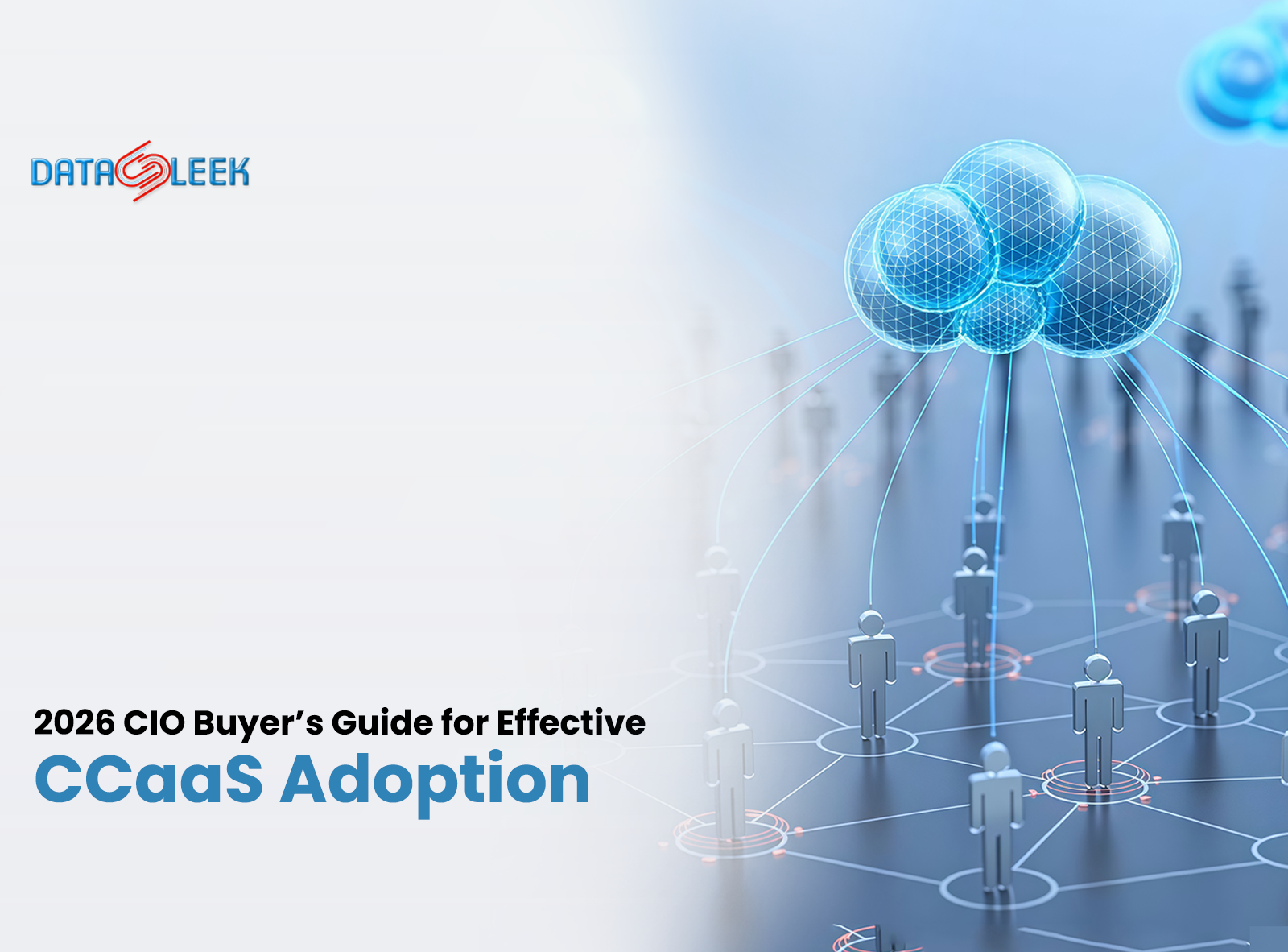Agentic AI isn’t just another AI buzzword — it’s a shift in how organizations operate. Instead of relying on static, reactive AI systems, Agentic AI introduces autonomy: AI that can reason, plan, and act across workflows.
For contact centers, this evolution is massive. Agentic AI doesn’t just answer calls or summarize interactions — it orchestrates entire outcomes. It routes conversations dynamically, updates CRMs, triggers follow-ups, and even collaborates with human agents in real time.
But here’s the thing — adopting Agentic AI isn’t about buying the latest tool. It’s a strategic shift. You need a roadmap that balances innovation with practicality, experimentation with control, and data readiness with compliance.
This playbook lays out that roadmap.

Why Now Is the Time to Adopt Agentic AI
Customer expectations are outpacing legacy automation.
In 2025, over 60% of enterprise contact centers will integrate some form of autonomous or Agentic AI (Gartner). The reason is simple: generative AI alone can’t handle real-world scale, context switching, or compliance. Agentic AI can.
Key market drivers:
- Volume and complexity of customer interactions are up 3–4x in digital-first businesses.
- Average Handle Times (AHT) are dropping by 25–35% in centers using AI for real-time assistance.
- Customer satisfaction (CSAT) increases 18–22% with AI-driven context continuity.
- Operational costs decrease by 20–40% once repetitive triage, routing, and admin tasks are automated.
The ROI isn’t theoretical anymore — it’s measurable. The question isn’t if, but how fast you can adopt it right.

Before You Start: Assess Your Readiness
Adopting Agentic AI without foundational readiness is like installing solar panels without wiring your grid.
Here’s what readiness means in practice:
- Data Infrastructure — Clean, accessible data across CRM, ticketing, call logs, and analytics.
- APIs and Integrations — Open systems that can connect to your communication layer (e.g., Amazon Connect).
- Defined Customer Journeys — Clear workflows for sales, service, and escalation.
- Change Management Strategy — Training, incentives, and buy-in from frontline managers.
- Security & Compliance — Data residency, encryption, and model governance frameworks.
Pro Tip: Run a short AI Readiness Audit before jumping in. Map where your data lives, where automation already exists, and what “Agentic” decisions you’d ideally automate first.

Step-by-Step Playbook to Adopt Agentic AI
Step 1 – Define Business Use Cases That Matter
Start small but strategic. Identify use cases that blend high impact with low complexity.
Examples:
- Automated triage & case routing
- Intelligent agent assist during calls
- Real-time customer verification (KYC, fraud alerts)
- Post-call summarization with CRM updates
- Predictive staffing & workflow orchestration
KPI Focus: Cost reduction, AHT, FCR (First Contact Resolution), CSAT.
Step 2 – Choose the Right AI Platform or Vendor
Don’t chase hype; chase fit.
Look for:
- Agentic behavior orchestration: AI that can plan and execute multi-step actions.
- Seamless integrations: Works natively with platforms like Amazon Connect, Salesforce, or Zendesk.
- Data security & explainability: Essential for regulated industries (finance, healthcare).
- Human-in-the-loop controls: Let agents supervise or override AI decisions in real time.
- Scalability: The model should handle millions of interactions without breaking.
Vendors like Data Sleek + AWS Bedrock + Amazon Connect provide this modular, secure foundation.
Step 3 – Pilot with Precision
Your first Agentic AI deployment should be a controlled pilot, not a full rollout.
Start with one department or queue — for instance, inbound customer service or Tier 1 tech support.
Pilot roadmap:
- Identify success metrics.
- Deploy Agent Assist + conversational AI in a limited scope.
- Collect agent and customer feedback continuously.
- Refine the workflow before scaling.
Measure KPIs weekly:
- Reduction in AHT
- Containment rate (AI-handled interactions)
- Escalation accuracy
- Agent satisfaction
A strong pilot creates organizational proof — and executive confidence.
Step 4 – Integrate and Automate
Once the pilot succeeds, connect Agentic AI across systems — CRM, ticketing, knowledge base, scheduling, and workforce management.
Automation examples:
- AI re-routes missed calls and opens follow-up tasks automatically.
- The system syncs notes across all channels instantly.
- Customer intent triggers ticket classification and workflow actions.
Here’s where Agentic becomes visible — your AI doesn’t wait for commands; it acts with autonomy based on business rules.
Step 5 – Measure ROI and Expand
AI success must be tangible, not anecdotal.
Key KPIs to track:
- Average Handle Time (AHT) ↓ 25–40%
- Containment Rate ↑ 35–50%
- Customer Satisfaction (CSAT) ↑ 20%
- Agent Productivity ↑ 30%
- Cost per Contact ↓ 20–35%
Once ROI is validated, scale Agentic AI to additional departments — billing, sales, tech support, etc.
Step 6 – Continuous Optimization
Agentic AI is iterative by nature. Establish governance:
- AI Operations Team: to retrain and monitor models.
- Feedback loops: from customers and agents.
- Quarterly reviews: for ethics, bias, and performance drift.
Your goal: ensure AI evolves with business objectives, not just technology trends.

Common Mistakes to Avoid
- Over-automation without guardrails
- Ignoring data quality or system integrations
- Treating AI like a “set and forget” tool
- Measuring vanity metrics (e.g., number of bots launched instead of cost saved or CSAT improved)
The Agentic AI Playbook (Snapshot)
| Stage | Focus | Action | KPI |
|---|---|---|---|
| 1. Discover | Define use cases | Identify business bottlenecks | Cost, AHT, CSAT |
| 2. Assess | Data & system readiness | Run AI readiness audit | Integration score |
| 3. Pilot | Limited deployment | Measure, refine, improve | Containment, FCR |
| 4. Scale | Expand scope | Automate workflows | ROI, cost/contact |
| 5. Govern | Monitor & improve | Continuous optimization | Drift, compliance |
Why Data Sleek?
At Data Sleek, we specialize in helping contact centers transition to Agentic AI ecosystems powered by Amazon Connect and AWS Bedrock.
We focus on measurable ROI, ethical automation, and scalable orchestration — not just AI hype.
Conclusion
The contact center of the future won’t just respond — it will reason and act.
Agentic AI bridges that gap, turning reactive operations into intelligent, autonomous ecosystems.
The best time to start isn’t “someday.”
It’s now — with a playbook that balances vision, precision, and measurable outcomes.




